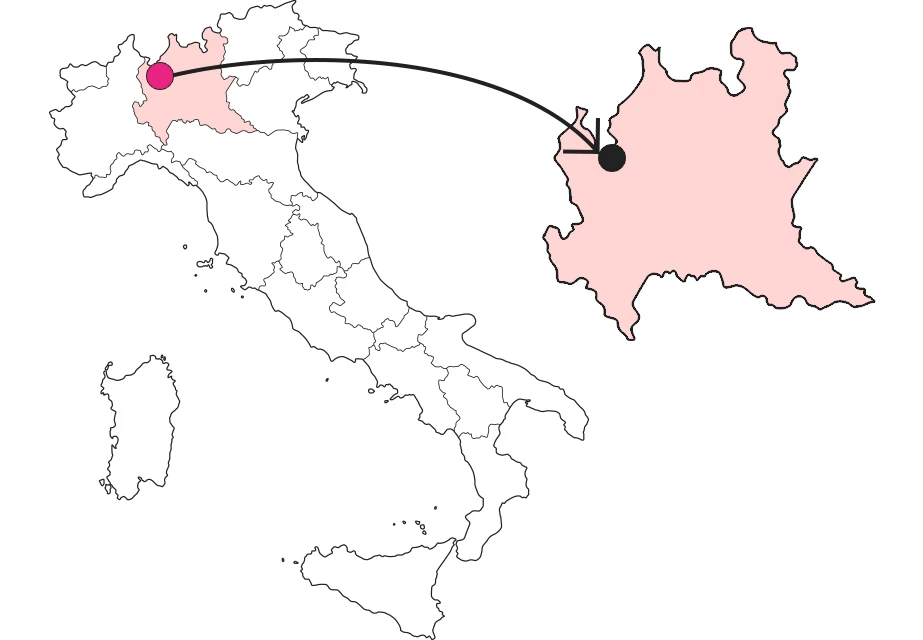SHARRYLAND


Where is

What it is and where it is
The Borgo dell'Alpe di Megna is an example, still well preserved, of those mountain nuclei that characterized our mountains until the 1950s. The Borgo is part of the municipality of Asso (CO) and retains a medieval connotation thanks to the two large courtyards that can be glimpsed inside. As soon as you enter, on the left, you will find a large erratic boulder, left by retreating glaciers, and a fountain, which was used to supply water to the inhabitants and livestock. Past the hamlet you can stop in a large green plain with water bubble and grazing animals, such as horses and cows.
Why it is special
The Borgo dell'Alpe di Megna takes you back in time. To a past in which families lived in large cottages and cared for each other; in which fires in the fireplaces were lit in the evening to warm large stones to put between the blankets; in which animal husbandry was the main source of income and transhumance were events in which everyone participated: even the children, who picked flowers to adorn the manes of the mules.
Not to be missed
Congratulations, you have just found the ideal destination for a trek with children. The reason? Free grazing animals! Cows grazing the grass under the watchful eye of herding dogs, horses galloping or lying on the grass, goats and sheep surrounded by their young. Children can observe and admire a natural and pastoral setting.
A bit of history
The origin of the Borgo dell'Alpe di Megna is ancient; it is documented that in the 14th century the locality paid tithes to the Archbishop of Milan, as did the other municipalities of the Valassina. Prevalent activities were mountain farming and especially cattle breeding.
Curiosities
One of the five Caricatori d'Alpe known from the Valbrona census in the early 1900s worked in the Borgo. The "Caricatori" were farmers who in the summer months were assigned to look after herds composed of private livestock. It was, in fact, natural for families in the village to own at least one cow and to take care of sending it out to pasture throughout the warm season.
Enter the Map of Italy's Undiscovered Wonders and find treasures where you least expect it... Inspire, Recommend, Share...
Collections




